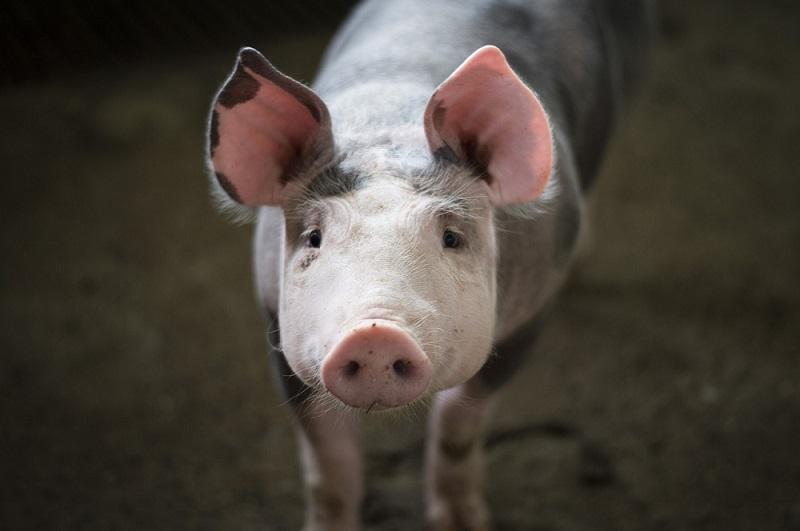By now, you may have heard the big news in the transplant community: on October 19, news outlets reported that a human patient had successfully received a pig kidney without triggering the patient’s organ rejection response.
Here are a few FAQs to help you understand this news and what it might mean for the future of transplants.

Who was the patient?
The patient who received the kidney was a registered organ donor who was receiving artificial life support and had been declared brain dead with no chance of recovery prior to the transplant taking place. The patient’s family gave consent for the procedure to take place prior to the removal of the patient’s life support.
What was unique about the pig kidney?
The kidney came from a “GalSafe” pig—a pig with genes that had been altered so that its tissues would not contain glycan or alpha-gal, a sugar molecule that increases the chances of an organ triggering rejection after transplant. GalSafe was FDA approved in December 2020 for two uses: food for individuals living with a meat allergy, and therapeutic use for patients.
In previous experiments with unmodified pig kidneys transplanted into monkeys, rejection occurred very quickly post-transplant and proceeded rapidly. That’s one reason why this transplant is such a significant milestone in xenotransplantation, or the use of animal organs for human transplants: preventing this kind of fast, highly impactful rejection has been a major challenge facing researchers in prior trials.
Along with the kidney, researchers transplanted some of the pig’s thymus gland, which they thought might assist with preventing transplant rejection.
Was the transplant successful?
Yes. At NYU Langone Health in New York, researchers attached the GalSafe pig kidney to the patient’s blood vessels and monitored the outcome for three days. The kidney was attached outside of the patient’s body. The kidney produced a comparable amount of urine to a human kidney with no evidence of early rejection. The patient’s creatine levels returned to normal levels post-transplant.
Will there be living patient trials with pig organs? How soon?
Yes—in fact, this experiment may permit human trials within just two years.
GalSafe organs could give end-stage renal disease patients a life-saving option for survival or a short-term bridge to a more sustainable human kidney transplant. Eligible patients for such a trial would likely have a low chance of receiving a human kidney in the near future and difficulty maintaining their health through dialysis.
As researchers point out, we already engage patients with life-threatening diagnoses, such as certain cancers, to participate in clinical trials or try new medications—even when they may increase their lifespan by just a few months.
Can pigs provide other things beyond organs to human patients?
GalSafe pigs could be a source of not just organs for transplant but also heart valves and even skin for grafts. Any future medical products or organs that originate from GalSafe or other animals will require specific approval from the FDA for human patient use.
Written by Emily Progin










